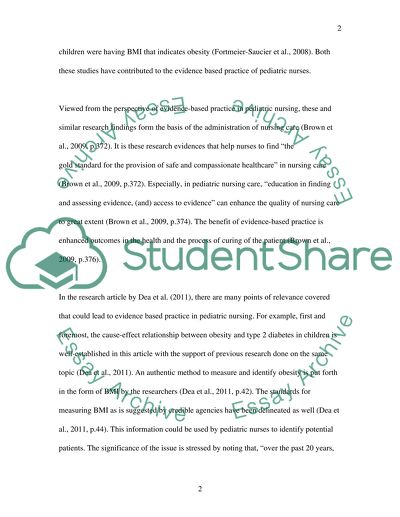Care of the Child with Diabetes Mellitus Type 2 (DM2) Case Study. Retrieved from https://studentshare.org/nursing/1446143-care-of-the-child-with-diabetes-mellitus-type
Care of the Child With Diabetes Mellitus Type 2 (DM2) Case Study. https://studentshare.org/nursing/1446143-care-of-the-child-with-diabetes-mellitus-type.


